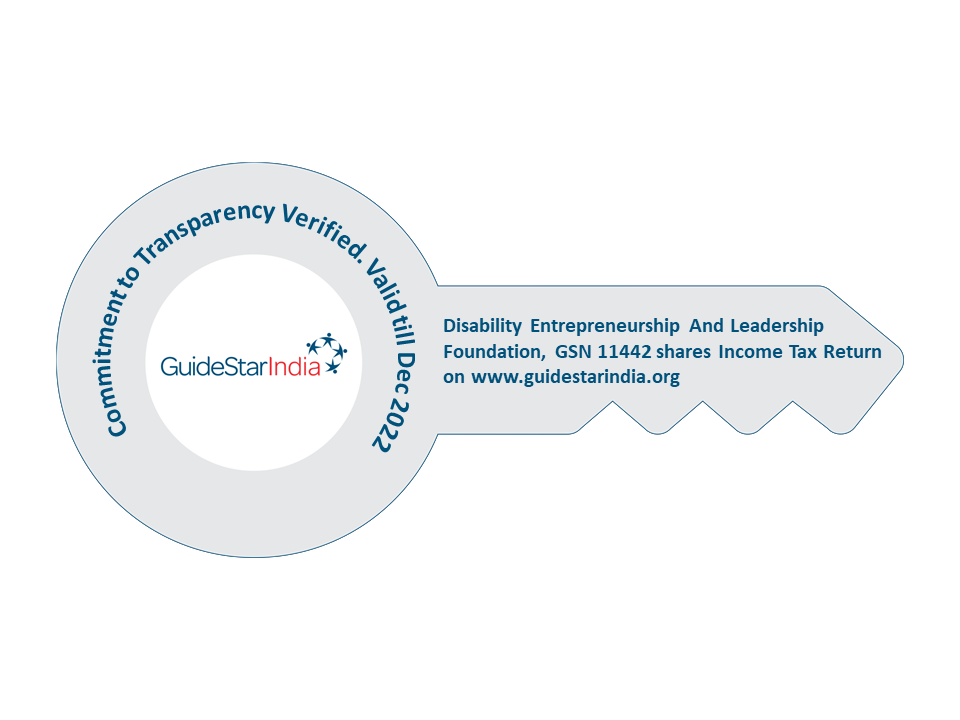I would like to believe that the information provided by the cards invented by Dr. Bharati Chimmad, (UASD) that we have been featuring has proved useful in maintaining a healthy and a balanced life and that by now most of us have understood how important it is to keep ourselves fit and healthy.
You will be pleased to know that it doesn’t just stop here, but there are lots more to come.
By now those of you reading my blogs will be well aware of how the game of cards actually goes, but I’m aware that there are many of you who would be reading it only now, therefore for the benefit of those reading this for the first time, I thought it would be useful to quickly educate you as to how the game goes.
There is a pack of seventy-three health and nutrition cards. Each card contains a colorful image of the food produce, for example vegetable, fruit etc. with nutrition information printed on its reverse. The packs of cards are shuffled before being distributed equally among players without disclosing the nutrition information contained in the cards. Each player arranges his or her cards in a neat pile without disclosing to other players the content of his or her cards.
In the first round, the topmost card will be picked up by the first player and the name of the food and the main nutrient content is announced aloud. Other players follow and do the same. Cards from respective players are compared to see which card has the topmost nutrition value. The player who declares highest nutrient content gains all the cards that were played in that round. The game continues and the player who ends up with most number of cards is the winner.
So like I promised you in my last blog, I have for you more interesting and important information coming your way. Let’s begin.
Safflower leaves:
They are a rich source of flavonoids, and may be a good source of bio-active components when used as a functional leaf. Acts as a diuretic and also improves appetite. Safflower foliage tea is used to prevent cardiac and cerebral vascular diseases.
It contains the following nutrients
Per 100g
| Vitamin A (pg) | 442.5 |
| Calcium (mg) | 185 |
| Energy (Kcal) | 33 |
| Protein (g) | 2.5 |
| Dietary fiber (g) | 1.7 |
| Iron (mg) | 5.7 |
Gogu leaves:
The young leaves and tender shoots are mixed with mutton that makes a tasty curry. Eating the leaves, stem, flowers in any form once a week helps in flushing out toxins out of the body as it is a good diuretic and purgative.
It contains the following nutrients.
Per 100g
| Vitamin A (pg) | 362.25 |
| Calcium (mg) | 172 |
| Energy (Kcal) | 56 |
| Protein (g) | 1.7 |
| Dietary fiber (g) | 3.8 |
| Iron (mg) | 2.28 |
Sago:
Sago provides antioxidants and resistant starch, and it may be linked to health benefits, including reducing your risk factors for heart disease and improving exercise performance.
It contains the following nutrients.
Per 100g
| Energy (Kcal) | 351 |
| Protein (g) | 0.2 |
| Fat (g) | 0.2 |
| Calcium (mg) | 10 |
| Calcium (mg) | 1.3 |
Foxtail millet:
It protects Bone health and muscle health. It is also a good source of Iron and Calcium. It is good for cardiac health, regulates blood sugar levels, helps in lowering blood cholesterol, helps in digestion and improves immunity.
It contains the following nutrients
Per 100g
| Energy (kcal) | 331 |
| Protein (g) | 12.3 |
| Fat (g) | 4.3 |
| Dietary fiber (g) | 16.6 |
| Calcium (mg) | 31 |
| Iron (mg) | 2.8 |
Grapes:
Grapes are packed with nutrients, especially Vitamins C and K. It also contains high antioxidant contents and may prevent chronic diseases. These plant compounds may protect against certain types of cancer. It is also beneficial for heart health. They may decrease blood sugar levels and protect against diabetes.
It contains the following nutrients
Per 100g
| Calcium (mg) | 20 |
| Energy (Kcal) | 71 |
| Protein (g) | 0.5 |
| Dietary Fiber (g) | 1.2 |
| Iron (mg) | 0.52 |
Cluster beans:
They are full of nutrients. Great for diabetics, beneficial for the cardio health, make bones strong. Helps blood circulation, recommended during pregnancy, stimulates bowel movement and can also do away with diseases.
It contains the following nutrients
Per 100g
| Energy (Kcal) | 16 |
| Protein (g) | 3.2 |
| Dietary fiber (g) | 5.7 |
| Calcium (mg) | 130 |
| Iron (mg) | 1.08 |
| Vitamin C (mg) | 49 |
Drumstick:
They are a rich source of vitamins and minerals. Regulates blood sugar levels. Helps to purify the blood, boosts immunity and helps in developing stronger bones.
It contains the following nutrients
Per 100g
| Energy (Kcal) | 26 |
| Protein (g) | 2.5 |
| Dietary fiber (g) | 5.8 |
| Calcium (mg) | 30 |
| Iron (mg) | 0.18 |
| Vitamin C (mg) | 120 |
Amla (gooseberry):
Amla berries are rich in antioxidants, which reduce the risk of chronic health conditions like heart disease, diabetes, and cancer. Amla berries are also an excellent source of Vitamin C, E, A and iron and calcium.
It contains the following nutrients
Per 100g
| Vitamin A (pg) | 1.125 |
| Vitamin C (mg) | 600 |
| Calcium (mg) | 50 |
| Energy (Kcal) | 58 |
| Protein (g) | 0.5 |
| Dietary fiber (g) | 7.3 |
| Iron (mg) | 1.2 |
Jamun fruit (Java plum):
It improves haemoglobin count. It is loaded with vitamin C and iron. It has astringent properties and improves health of skin and eyes. It also keeps the heart healthy and strengthens gums and teeth. It prevents infection and treats diabetes.
It has the following nutrients
Per 100g
| Vitamin A (pg) | 6 |
| Vitamin C (mg) | 18 |
| Calcium (mg) | 15 |
| Energy (Kcal) | 62 |
| Protein (g) | 0.7 |
| Dietary fiber (g) | 3.5 |
| Iron (mg) | 0.43 |
That’s all I have for you today, but I’m sure you don’t want to miss out on further information which will be coming soon.


 Awarded by Guidestar India
Awarded by Guidestar India